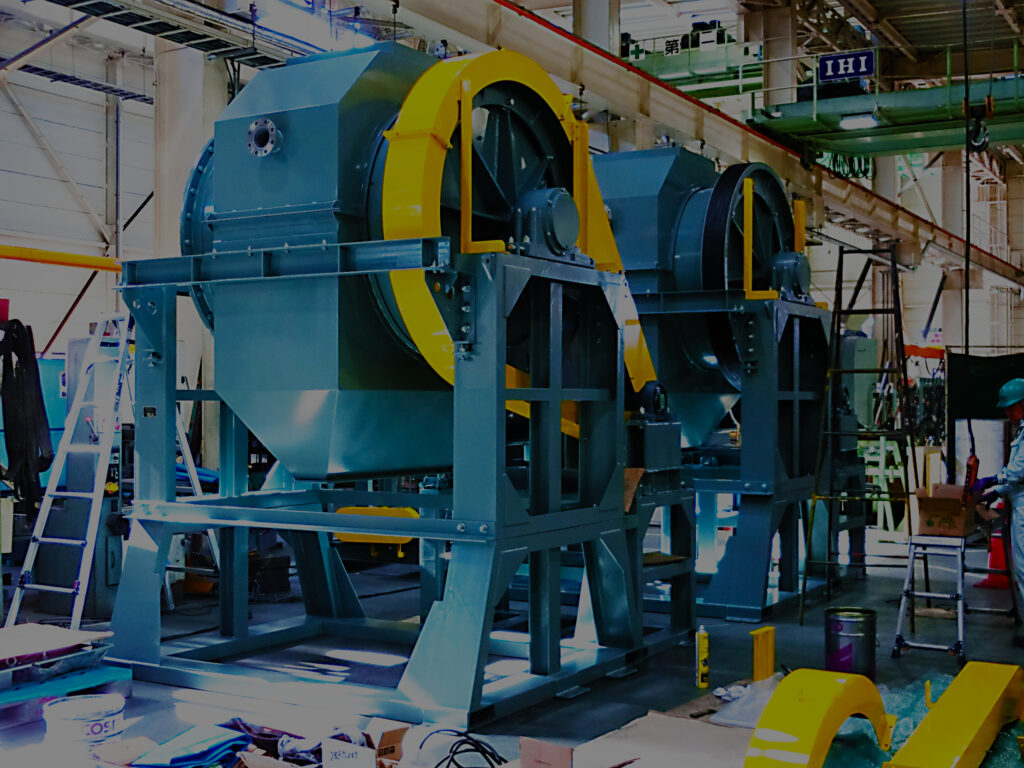
Principles, types and characteristics of ball mills (differences between wet and dry types)
Batch Ball mill
Batch Ball Mill Dry Type

It is used when the milling raw material is not suitable for wet milling or cannot be wet milled.
Only the grinding raw material and grinding media (balls) are put into the mill. The feature is that there are fewer impurities from the liner and grinding media than the wet method. Batch Ball mills have a very large effective grinding area and are used as fine grinders, and are widely used in ceramics, chemical factories, and other industries.
It has excellent crushing power and dispersion power, has a wide tolerance for the particle size of the crushed raw material before crushing, and is a closed type, so stable products can be obtained without fluctuations in the blending ratio during crushing and dispersion. By using alumina porcelain for the inner lining, the contamination of wear components can be further reduced.
Batch Ball Mill Wet Type

The raw materials for grinding, grinding media (balls), water and other liquids are put into the mill. The grinding speed is faster than the dry method, making it suitable for fine grinding, but if grinding is carried out for too long, the liner and balls may wear out, resulting in more impurities being mixed in.
Batch Ball mills have a very large effective grinding area and are used as fine grinders, making them suitable for grinding various mineral chemicals. It has excellent crushing power and dispersion power, has a wide tolerance for the particle size of the crushed raw material before crushing, and is a closed type, so stable products can be obtained without fluctuations in the blending ratio during crushing and dispersion.
Using alumina porcelain can reduce the amount of abrasion components mixed in.
Main characteristic
Batch Ball Mill Dry Type
Unlike wet grinding, which grinds raw materials together with water, this method grinds the raw materials without mixing them with water (in the air). This eliminates the need for drying and sewage treatment processes to separate water after grinding, as in wet grinding. However, the dry process tends to generate dust and requires a dust collection filter system, and if the raw material is explosive when mixed with oxygen in the air, countermeasures must be taken. Normally, the motor used for dry grinding has approximately three times the output of the same size motor for wet grinding.
Batch Ball Mill Wet Type
This is a method of grinding in a liquid such as water.
Therefore, although dust does not fly, it is necessary to separate water and provide wastewater treatment facilities in the subsequent process. The grinding particle size can even reach several microns depending on the material.
Various uses
Batch Ball Mill Dry Type
Various ores such as quartz, glass, silica, etc.
Batch Ball Mill Wet Type
Ceramics, fine ceramics, foods, electronic parts materials, pigments, various raw material plants, etc.

